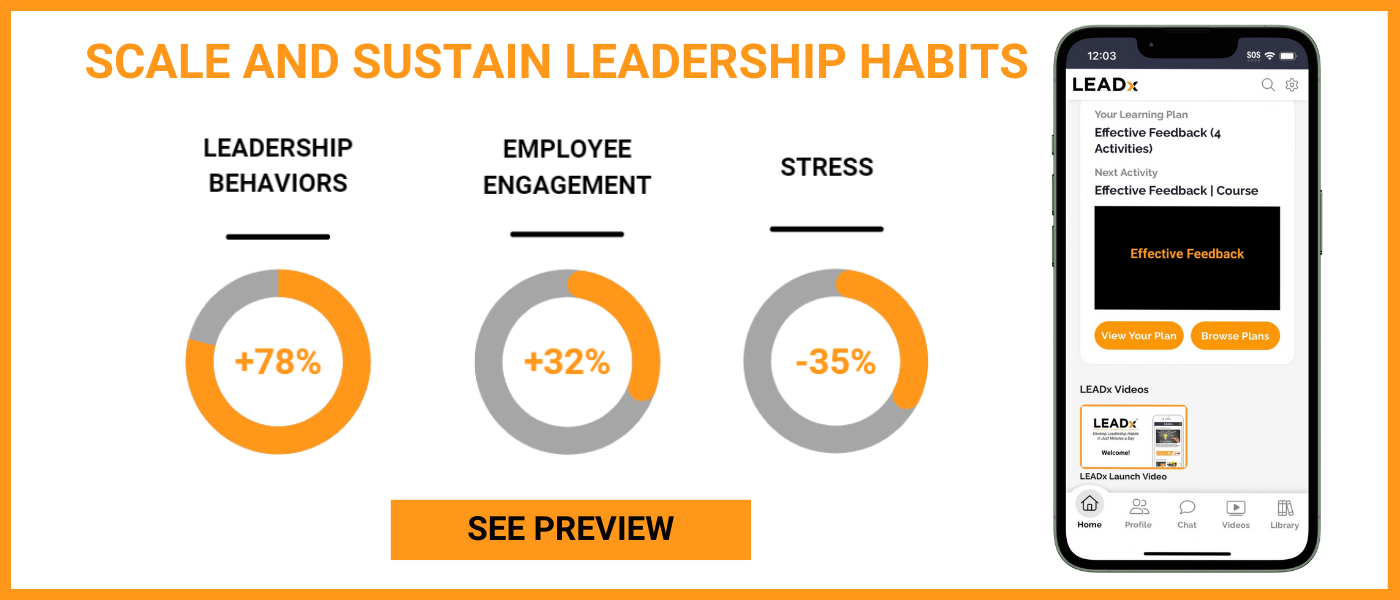
Despite decades of progress, women still hold less than a quarter of C-suite roles worldwide. Globally, just 32% of leadership roles are held by women. That number drops even further as you move toward C-level roles, landing at just 23% of C-Suite leadership roles being held by women.

Yet, the return on investing in women leaders is clear. Companies with women on their executive committees see a 47% higher return on equity, and those in the top 25% for gender diversity are 27% more likely to outperform their peers.
So, why does this gap persist? I asked Allison Howell, VP of Market Innovation at Hogan Assessments. Her team has studied nearly 12,000 leaders across decades of assessment data. She shared five of the most persistent myths, how they get in the way, and then she debunked each one based on her team’s research.

Myth #1: Women Are Not As Ambitious As Men
Ambition scores have been shown to effectively predict performance as a leader. “One common myth is that women are less ambitious than men,” Howell explained. “On our Hogan Ambition scale, there was no significant difference between women and men at the executive level (Women: 90.87 and Men: 91.83).” There was also no difference in predictability, meaning women who scored high in ambition also scored high in performance.
Myth #2: Women Can’t Handle High-Stress Leadership Roles
To address the myth that women can’t handle high-stress leadership roles, Howell looked at a couple of different areas:
First, she looked at a measure of “emotional stability” and found that there was no significant difference in emotional stability between men and women at the executive level (Women: 109.09 and Men: 109.91).
Secondly, she looked at an “excitability” scale, which is the degree to which someone is “emotionally explosive” or “performs poorly under stress.” Men and women leaders both score equally low on this category.
“What’s interesting is that emotional volatility hinders performance equally for both men and women. The idea that men can be explosive and get away with it isn’t really true. In fact, it’s detrimental to both genders,” Howell said.
Myth #3: Women Are Less Decisive Or Likely To Take Risks Than Men
To debunk this myth, Howell’s team looked at measures of “eagerness to please” and “reluctance to act against popular opinion.” Again, they found no significant difference between men and women at the executive level (Women: 36.16 and Men: 35.86).
Next, her team looked at “cautiousness,” which includes risk aversion, resistance to change, and difficulty making decisions. “I think there’s a perception that men are less risk-averse than women are, and this really shows that it’s not true,” Howell pointed out. She elaborated, saying that this was likely more due to the stereotypical perception of men: “I think the more likely explanation is that the risk tolerance may simply look different due to cultural stereotypes, like men engaging in extreme sports or high-stakes investing.”
Myth #4: Women Are Less Strategic Or Innovative Than Men
To evaluate strategic and innovative thinking, she took a look at their “Inquisitive Scale,” which measures curiosity and openness to experiences. There was a slight difference between women and men at the executive level (Women: 68.19 and Men: 71.1), but the difference was still statistically negligible. Next, Howell and her team looked at “Driving Strategy” and “Driving Innovation.” Across both, the difference was negligible.
Myth #5: Women Must Adopt “Masculine Characteristics” To Succeed
Howell and her team looked at their “Forceful” dimension. Both men and women at the executive level scored low on this scale. “This one, I think, is really interesting because much of the advice that women receive is to be more assertive, more direct, more decisive, and so on. But what this data indicates to us is that it’s not a helpful stereotype to anybody, including men. We have to rethink what it means to be a leader,” Howell said.
What This Means For Leadership Development
The data shows that men and women are much more similar than they are different across all psychological characteristics. “We naturally categorize the world around us, categorize different genders…but really those differences are stereotypes,” Howell said. And the result of our stereotypes is that we are missing out on a number of great leaders. Rather than fall prey to stereotypes, Howell recommends paying attention to the following characteristics (both positive and negative), which have been shown to predict leadership effectiveness:
Positive Characteristics:
- Adjustment: Resilient, optimistic, composed
- Ambition: Self-confidence, drive, energy
- Intuitive Sensitivity: Diplomatic, warm, friendly
- Prudence: Dependable, organized, thorough
Risks to Manage:
- Excitable: Moodiness and emotional volatility
- Cautious: Risk-aversion and fear of failure
- Reserved: Indifference and social detachment
- Diligent: Micromanagement and inflexibility
By hiring for and training these characteristics, you can build out a much more robust, diverse, and effective team of leaders.






